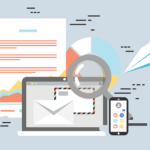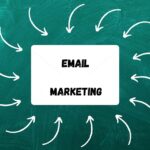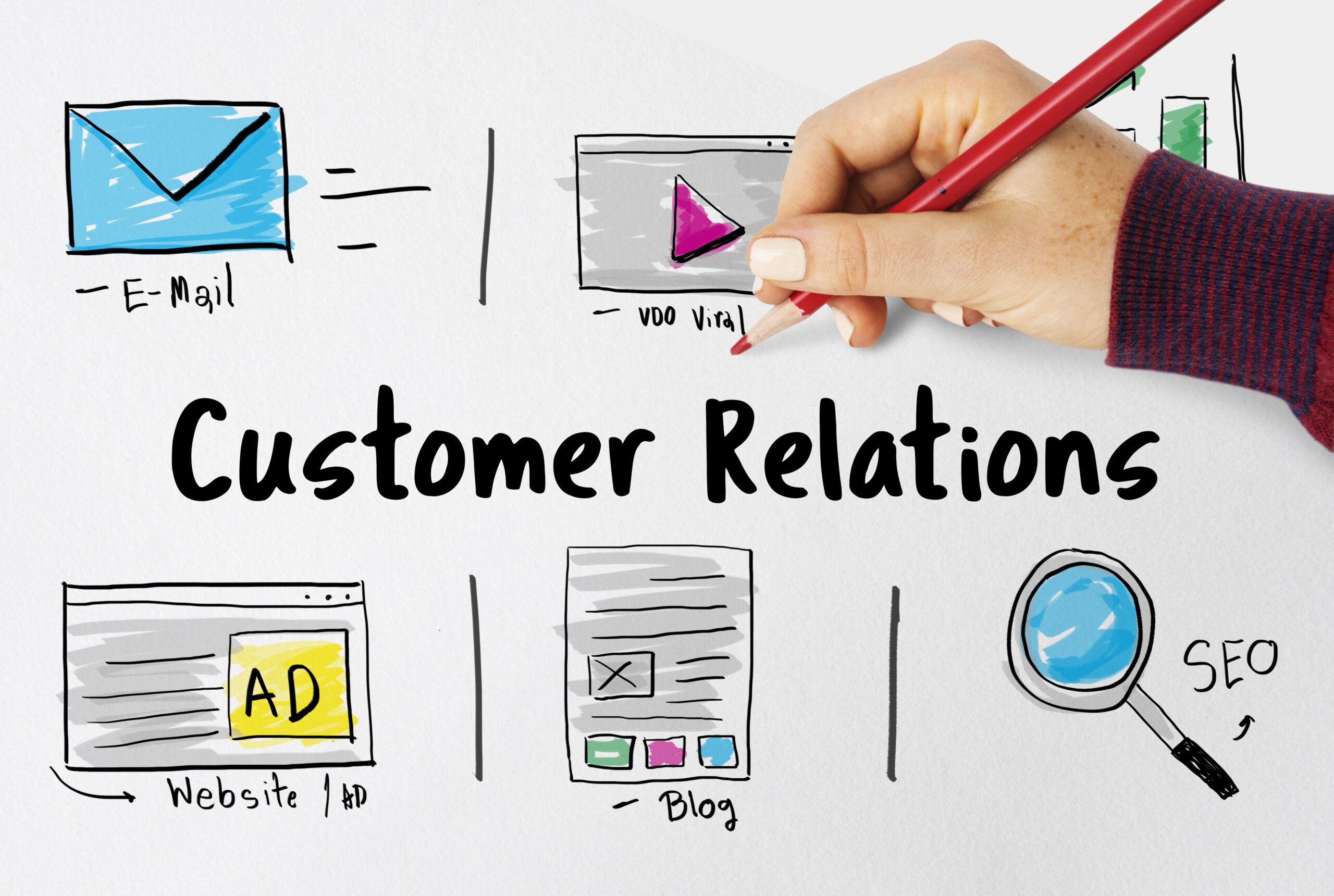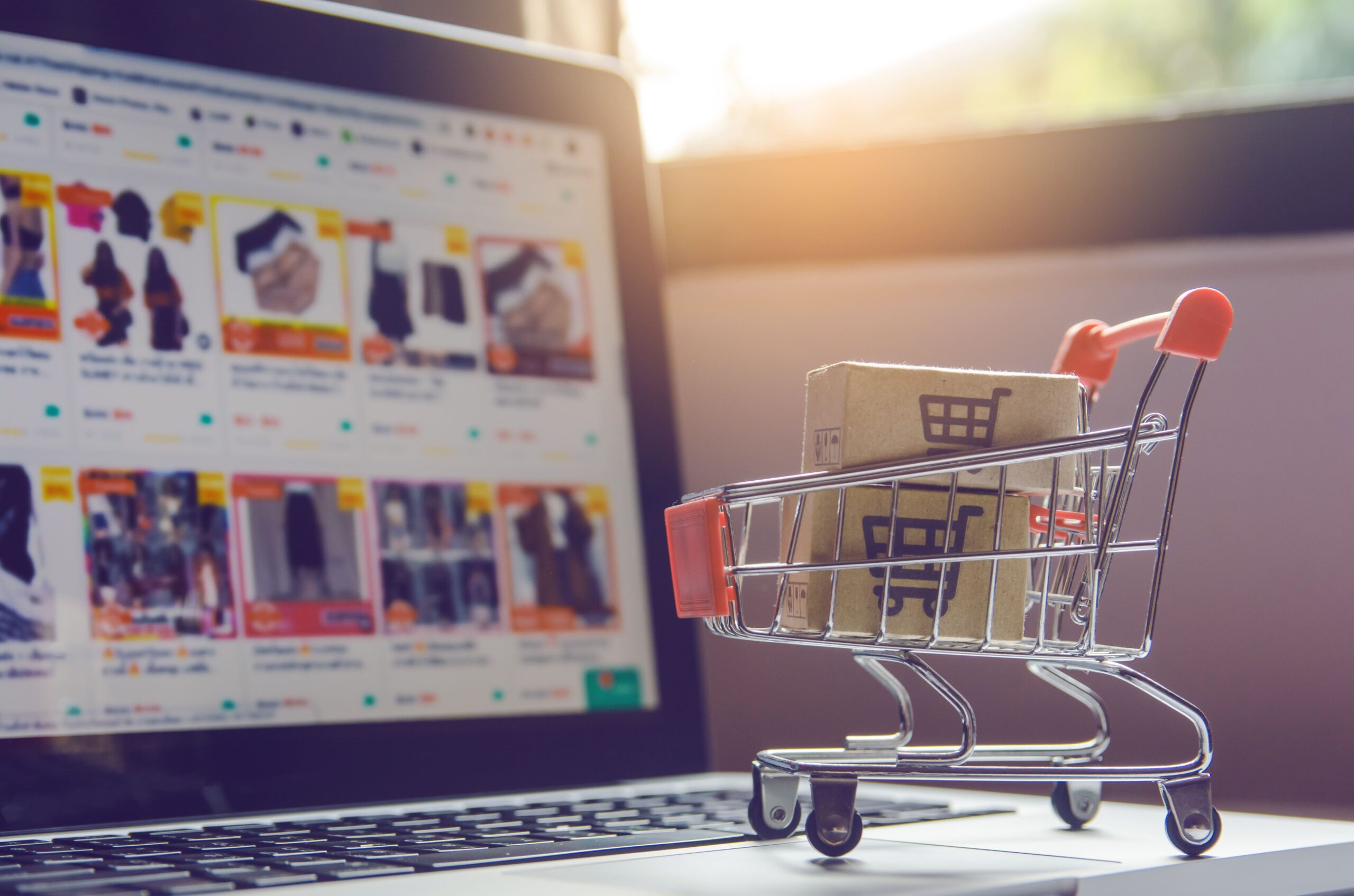Email Marketing Funnels: Unlock the Hidden Potential!
Are you looking for the next big move in email marketing? Would you like to learn how to build an email marketing funnel that will bring you the results you want? Look no further, because this article will help you understand the basics of email marketing funnels and show you how to use them to your advantage.
Introduction to Email Marketing Funnels
Email marketing funnels, or “emails funnels,” have become an increasingly popular way to market a business or product. By using a series of emails strategically to move customers down the “funnel” from initial contact to purchase, email marketing funnels are an effective way to increase customer engagement and sales.
The idea of email marketing funnels is to use a series of emails to engage customers and move them down the funnel from initial contact to purchase. Each email in the funnel should have a specific purpose and be tailored to the customer’s needs and interests. Each email should be written in a conversational style and should include an incentive to move on to the next step in the funnel.
An email marketing funnel consists of four main parts. The first is the initial contact, or “top of the funnel,” which is the first email sent to the customer. The second part is the middle of the funnel, which is the series of emails that move the customer down the funnel. The third part is the bottom of the funnel, which is the email that closes the deal and encourages the customer to take action. Finally, the fourth part is the post-purchase emails, which are sent after the customer has made a purchase.
What is an Email Sales Funnel?
An email sales funnel is a series of emails that are designed to move a customer from initial contact to purchase. It is a way for businesses to build relationships with their customers and drive conversions. Email sales funnels usually start with an initial contact email that introduces the customer to the business. This is followed by a series of emails that are designed to guide the customer down the funnel. The emails should be tailored to the customer’s needs and interests, and should include incentives to move on to the next step in the funnel.
The emails should be written in a conversational style and should be personalized to the customer. The emails should also include links to content that is relevant to the customer and will help them learn more about the product or service being offered. Each email should also include a call to action that encourages the customer to take the next step in the funnel. Finally, the emails should be automated so that they are sent out at the right time and frequency.
Benefits of Email Funnel Marketing
There are many benefits to using email funnel marketing. First, email funnels are an effective way to build relationships with customers and drive conversions. By sending a series of emails that are tailored to the customer’s needs and interests, businesses can build trust and loyalty with their customers.
Email funnel marketing is also an efficient way to target customers. By segmenting customers into different categories, businesses can send emails that are tailored to the customer’s needs and interests. This allows businesses to target customers more effectively and increase their chances of making a sale.
Finally, email funnel marketing is an affordable way to market a business or product. Compared to traditional marketing methods such as television and print advertising, email funnel marketing is relatively inexpensive. This makes it a great way for small businesses to reach out to their customers without spending a lot of money.
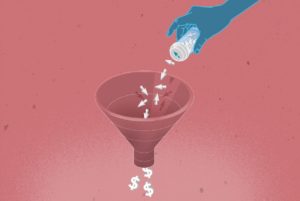
Setting Up Your Email Funnel
Setting up an email funnel is an essential part of any email marketing strategy. The first step is to create a list of emails that will be sent out as part of the funnel. This list should include emails that introduce the customer to the business, as well as emails that move the customer down the funnel. The emails should be tailored to the customer’s needs and interests, and should include incentives to move on to the next step in the funnel.
The next step is to set up an automated email system that will send out the emails in the funnel. This automated system should be set up to send out the emails at the right time and frequency. For example, if the customer is at the top of the funnel, the emails should be sent out more often. However, if the customer is at the bottom of the funnel, the emails should be sent out less often.
The final step is to track and analyze the results of the email funnel. By tracking the results, businesses can see which emails are working and which ones are not. This will allow them to make adjustments to their email funnel as needed.
Examples of Email Funnel Marketing
There are many different types of email funnel marketing that businesses can use. Here are some examples of email funnel marketing that businesses can use to engage customers and increase sales.
One type of email funnel marketing is the “Welcome Series.” This is a series of emails that are sent to customers when they first sign up for a business’s email list. The emails should introduce the customer to the business, provide helpful information, and include incentives to move on to the next step in the funnel.
Another type of email funnel marketing is the “Product Series.” This is a series of emails that are sent to customers to introduce them to a product or service. The emails should provide helpful information about the product or service, and include incentives to move on to the next step in the funnel.
Finally, another type of email funnel marketing is the “Re-Engagement Series.” This is a series of emails that are sent to customers who have not interacted with the business in a while. The emails should remind the customer of the business and include incentives to move on to the next step in the funnel.
Creating an Effective Email Funnel
Creating an effective email funnel is essential for any email marketing strategy. Here are some tips for creating an effective email funnel.
The first step is to create an email funnel template. This template should include all the emails in the funnel, as well as the content and incentives for each email. The template should also include a call to action for each email that encourages the customer to take the next step in the funnel.
The next step is to personalize the emails. The emails should be tailored to the customer’s needs and interests, and should be written in a conversational style. This will help to build trust and loyalty with the customer.
The next step is to set up an automated email system that will send out the emails in the funnel. This automated system should be set up to send out the emails at the right time and frequency. For example, if the customer is at the top of the funnel, the emails should be sent out more often. However, if the customer is at the bottom of the funnel, the emails should be sent out less often.
Finally, the last step is to test the emails. This can be done by sending the emails to a small group of customers and tracking the results. This will allow businesses to make adjustments to their email funnel as needed.
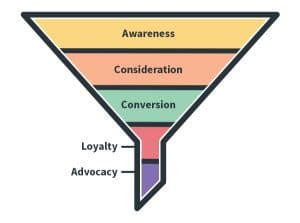
Automating Your Email Funnel
Automating your email funnel is an essential part of any email marketing strategy. Automating the emails in the funnel will ensure that the emails are sent out at the right time and frequency. It will also save time and allow businesses to focus on other aspects of their marketing strategy.
The first step is to set up an automated email system. This automated system should be set up to send out the emails in the funnel at the right time and frequency. For example, if the customer is at the top of the funnel, the emails should be sent out more often. However, if the customer is at the bottom of the funnel, the emails should be sent out less often.
The next step is to create an automated email sequence. This sequence should include all the emails in the funnel, as well as the content and incentives for each email. The sequence should also include a call to action for each email that encourages the customer to take the next step in the funnel.
The last step is to test the automated email sequence. This can be done by sending the emails to a small group of customers and tracking the results. This will allow businesses to make adjustments to their automated email sequence as needed.
Tracking and Analyzing Your Email Funnel
Tracking and analyzing your email funnel is essential for any email marketing strategy. Tracking and analyzing the results of the email funnel will allow businesses to see which emails are working and which ones are not. This will allow them to make adjustments to their email funnel as needed.
The first step is to set up an analytics system that will track the results of the email funnel. This analytics system should track the open rate, click-through rate, and conversion rate of each email in the funnel. This will allow businesses to see which emails are performing well and which ones are not.
The next step is to analyze the results of the email funnel. This can be done by looking at the open rate, click-through rate, and conversion rate of each email. This will allow businesses to identify areas that need improvement and make adjustments to the email funnel as needed.
Finally, the last step is to use the analytics data to optimize the email funnel. This can be done by making adjustments to the content and incentives in each email. This will help to ensure that the emails are engaging and effective.
Best Practices for Email Funnel Marketing
Here are some best practices for email funnel marketing that businesses should follow.
The first is to segment customers into different categories. This will allow businesses to send emails that are tailored to the customer’s needs and interests.
The second is to personalize the emails. The emails should be written in a conversational style and should be personalized to the customer. This will help to build trust and loyalty with the customer.
The third is to use incentives. The emails should include incentives to move on to the next step in the funnel. This will help to encourage customers to take action.
The fourth is to track and analyze the results of the email funnel. This will allow businesses to see which emails are working and which ones are not.
Finally, the fifth is to optimize the email funnel. This can be done by making adjustments to the content and incentives in each email. This will help to ensure that the emails are engaging and effective.
Conclusion
Email marketing funnels are an effective way to increase customer engagement and sales. By using a series of emails strategically to move customers down the “funnel” from initial contact to purchase, businesses can build relationships with their customers and drive conversions. Email funnel marketing is an affordable way to market a business or product, and it is an efficient way to target customers.
Are you ready to get started? Sign up for DirectIQ today and unlock the hidden potential of email marketing funnels.








